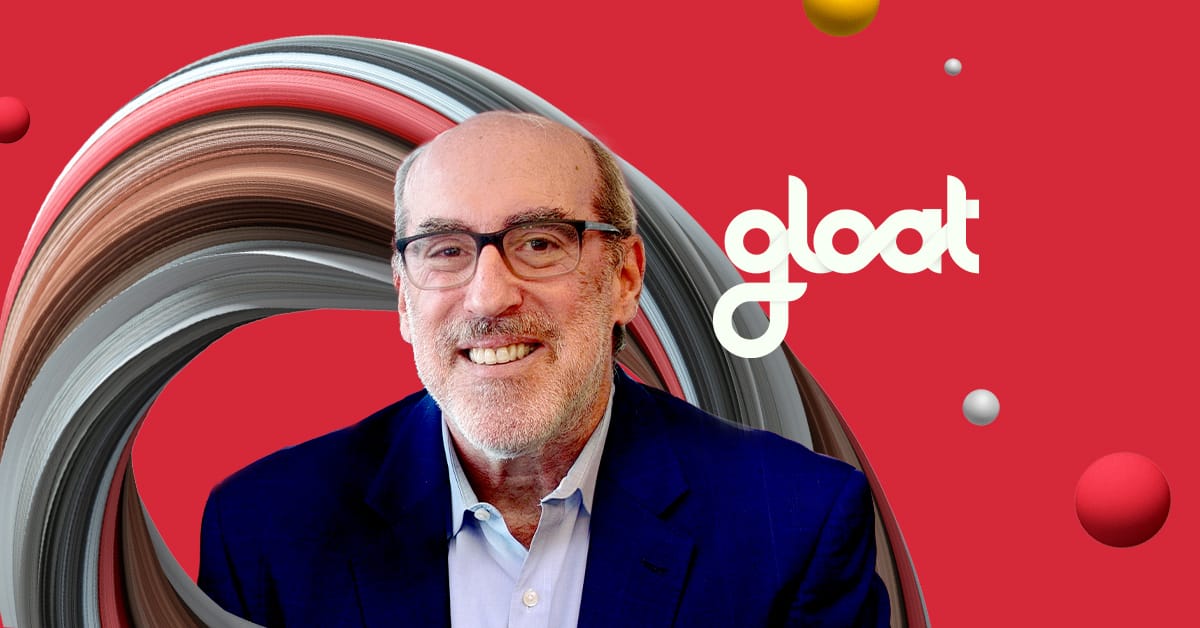Why talent marketplaces outweigh other HR priorities
Your organization can’t afford to put internal mobility on pause. Here’s why:

The HR landscape has never been as challenging as it is today. The war for talent is evolving into a war for skills, with companies pivoting to address specific knowledge gaps and upskilling and reskilling existing employees.
As HR finds themselves in the center of a complex talent ecosystem, some executives are grappling with decision paralysis. With so many competing priorities and seemingly conflicting objectives, leaders are struggling to find the best starting point for their agile transformation journeys.
But now that companies are harnessing dynamic strategies to maximize employee potential and unlock capacity, one priority must rise above the rest: implementing a talent marketplace. It’s one of three initiatives that Gartner highlights for CIOs to drive value, and industry analyst Josh Bersin goes so far as to call the platform “one of the most successful innovations in HR.” The Josh Bersin Company even created an entire talent marketplace collection with in-depth research, case studies, and real-life strategies to showcase the game-changing results that HSBC, Mastercard, and Schneider Electric are achieving with their talent marketplaces.
Inside HR’s rapidly shifting talent management agenda
Today’s HR agenda looks very different than it did even a few years ago. Rather than an administrative role, modern HR leaders are strategists at the helm of reimagining work and recalibrating the employee-employer relationship.
For most HR executives, one of the top 2023 priorities is to activate internal mobility so their organizations can do more with less. Quiet hiring—filling skill gaps through upskilling and reskilling rather than external hiring—is emerging as a crucial talent management strategy to achieve resilience amidst market uncertainty.
This heightened emphasis on internal mobility is further accelerating a skills revolution. Rather than gradually developing competencies, organizations are now in a race against the clock to ensure their workforces have the skills needed to meet shifting market demands. Yet when it comes to bridging knowledge gaps and gaining skills visibility, most businesses have a long way to go. Nearly 1 in 4 employees believe finding upskilling and reskilling programs is difficult and 55% of HR managers report their current skills information only partially meets their needs.
The role talent marketplaces play in future-fit HR strategies
As priorities shift, HR cannot rely on the same set of tools and frameworks to accomplish a new set of strategic initiatives. Instead, they must embrace emerging technology designed to enable their business to dynamically access and reallocate talent as new priorities surface—which is where a talent marketplace comes into play.
While the platforms may have been considered experimental even a few years ago, Bersin believes they’re now a business necessity. “A lot of leaders who brought these talent marketplace systems into their companies were pioneers. They were squeaky wheels saying to their CHROs ‘we need one of these.’ And their CHROs said ‘pilot it, see if it works.’ And sure enough, it started to work. It started to grow. Now it’s becoming a category. Some of the most conservative companies in the world are now saying ‘We need a talent marketplace. We need it because everyone else has one.’”
The results that some of the earliest talent marketplace adopters achieved speak for themselves—and indicate the transformational role that platforms can play in HR strategies. Unilever’s former Executive Vice President of HR, Jeroen Wels, describes the near-instantaneous impact that a talent marketplace created for the leading consumer goods enterprise. “We had a fantastic campaign where through six to eight weeks time we were able to move 6,000 people without work to do to really helping out on the other side. Our CEO at the time used that in an investor conference to exemplify how agile Unilever can be. So there you have a moment of truth where the talent marketplace was really making an impact.”
Why today is the best time to launch a talent marketplace
The earliest talent marketplace adopters harnessed their platforms to overcome an incredible obstacle: maintaining operational continuity in the face of COVID-19’s disruptions. Today, leaders are facing a new challenge that is equally sizable. They’re finding themselves in a talent management paradox—their organizations must acquire new skills to meet shifting demands, without paying the high price tag associated with external hiring.
Savvy leaders are recognizing that it’s time to turn their talent acquisition strategies upside down by focusing on developing their existing workforce before turning to outside talent. Executives must make important decisions about when to upskill existing employees, when to hire externally, and when to reallocate team members—also known as choosing whether to build, borrow, or buy. To decide wisely, they’re turning to talent marketplaces and workforce intelligence to gain data-driven insights into the skills they have, the capabilities they need, and the most efficient ways to bridge those gaps.
3 common misconceptions that delay talent marketplace launches
While most leaders recognize that talent marketplaces are beneficial, some mistakenly believe that it’s best to delay their implementation until other pillars of their talent management strategy are in order.
#1. Leaders want to rebuild their job architecture first
Some leaders think that they need to update their job architecture before launching a talent marketplace. However, those that have undertaken this task understand that it’s incredibly tedious and that the job architecture is bound to become outdated as soon as it’s completed.
Rather than prioritizing a lengthy update process that is unlikely to deliver value, leaders are better off focusing their efforts on skills visibility. When executives harness a workforce agility platform that includes both a talent marketplace and workforce intelligence, they’ll gain a job architecture management system. This lets leaders update roles with insights from internal and external data sources, view suggested positions to merge and job codes to update, and receive recommendations on relevant and trending skills that should be connected to jobs.
#2. Human capital management upgrades take priority
The first human capital management systems (HCMs) created in the 90s were designed for a stable and predictable working world. As this chapter of work is hallmarked by disruption and do-or-die pivots, priorities for talent management technology are shifting. HR platforms must help organizations embrace skills-based strategies, which is where workforce agility systems come into play.
Rather than replacing your HCM, workforce agility platforms can act as an intelligence layer on top of it to make your existing system better. Workforce intelligence harmonizes data from your HCM and brings it into a cohesive talent intelligence system, while providing employees with engaging growth and development opportunities through the talent marketplace.
#3. Executives think learning experience platforms should take precedence
As the half-life of skills shrinks and talent shortages continue, organizations are striving to ensure their workforces have the capabilities needed to stay ahead of today’s accelerated pace of change. In an effort to upgrade upskilling and reskilling, some leaders are prioritizing learning experience platforms (LXPs) to drive employee development.
However, research repeatedly points to the 70-20-10 model as the best method for building new skills. Following this approach, 70% of development occurs when we practice and apply skills in real-world experiences like projects and gigs, 20% is associated with relationships and mentoring, and the final 10% comes from coursework.
Rather than investing so heavily in that last 10%, why not prioritize the pillar where the greatest portion of employee development takes place? To upgrade experiential learning, companies are harnessing talent marketplaces platforms to generate suggested projects, gigs, and mentorship opportunities for employees, based on their skills and interests. This focus on upskilling and reskilling helps businesses unlock hours and reduce the costs associated with external hiring by developing existing talent to fill crucial roles.



